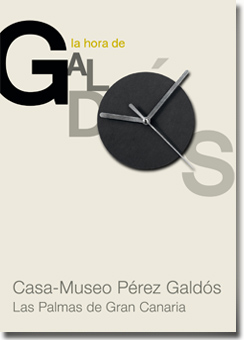LUZ Y OSCURIDAD EN MARIANELA DE GALDÓS (1878) Y NELA DE RAYCO PULIDO (2013) / LIGHT AND DARKNESS IN MARIANELA BY GALDÓS (1878) AND NELA BY RAYCO PULIDO (2013)
Palabras clave:
Benito Pérez Galdós, Rayco Pulido, adaptación, novela gráfica, simbolismo, adaptation, graphic novel, symbolismResumen
En esta contribución analizamos la novela gráfica Nela, publicada en 2013 por el artista gráfico Rayco Pulido a partir de la novela Marianela de Benito Pérez Galdós. Como esta obra está en blanco y negro y utiliza excepcionalmente el color dorado, nos interesamos por los contrastes de luz y oscuridad y su funcionalidad para transmitir varios aspectos emocionales y simbólicos de la novela galdosiana. Dentro de esta limitación autoimpuesta, el artista aprovecha plenamente los recursos del diseño de los cómics: la doble página, el número de viñetas por página y su interrelación, la disposición de los elementos textuales, los estilos gráficos. Este análisis lleva a la conclusión de que la novela gráfica es una obra de arte que se sostiene por sí misma y contribuye a la supervivencia de la obra literaria. / In this contribution we analyze the graphic novel Nela, published in 2013 by the graphic artist Rayco Pulido, who took the galdosian novel Marianela as its starting point. As this work is in black and white and uses exceptionally the color gold, we are interested in studying the contrast of light and darkness and its functionality to convey various emotional and symbolic aspects of the novel. Within this self-imposed limitation, the artist makes full use of the resources of comic book design: the double page, the number of panels per page and their interrelation, the layout of textual elements, and different graphic styles. We conclude that this graphic novel is a work of art in its own right and contributes to the survival of the literary work.




